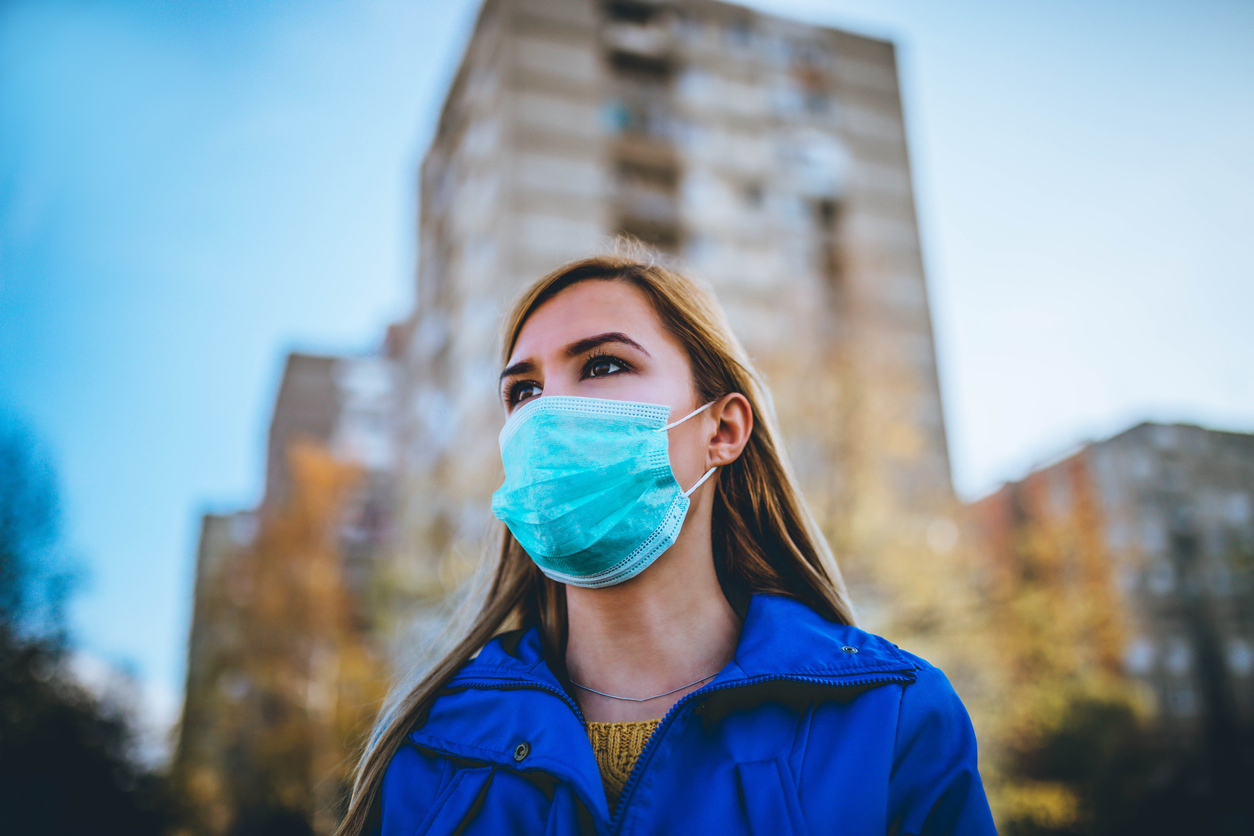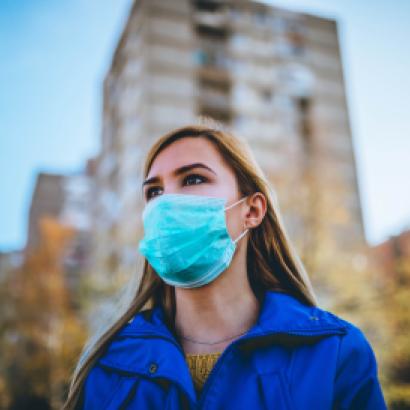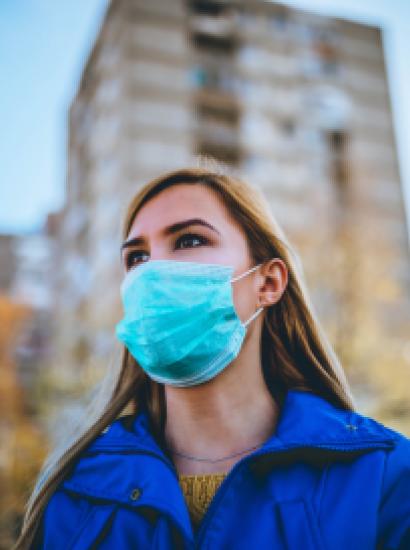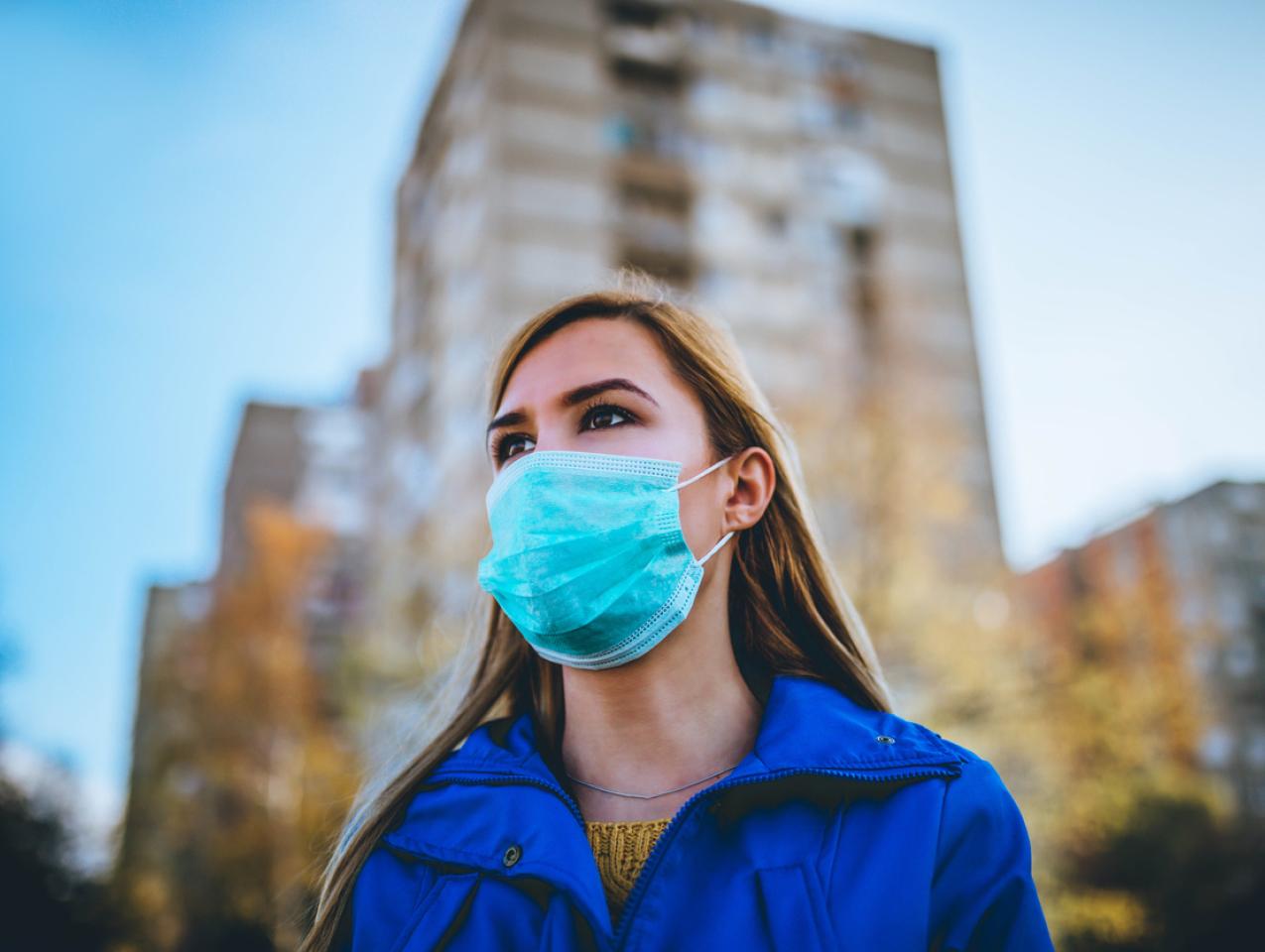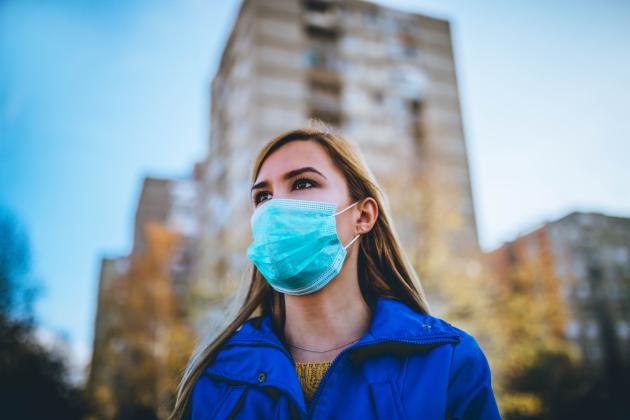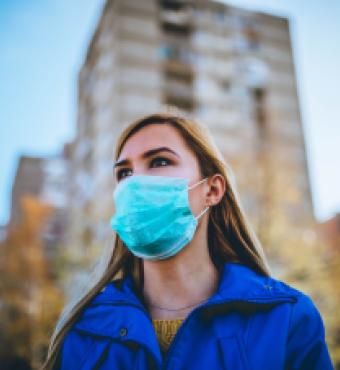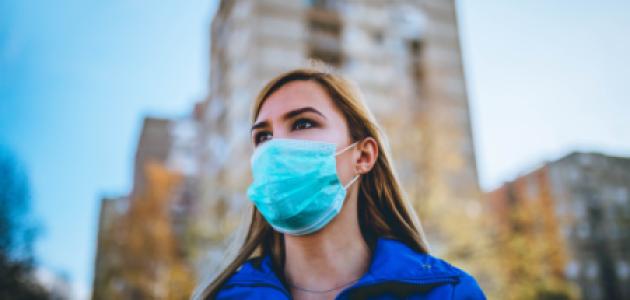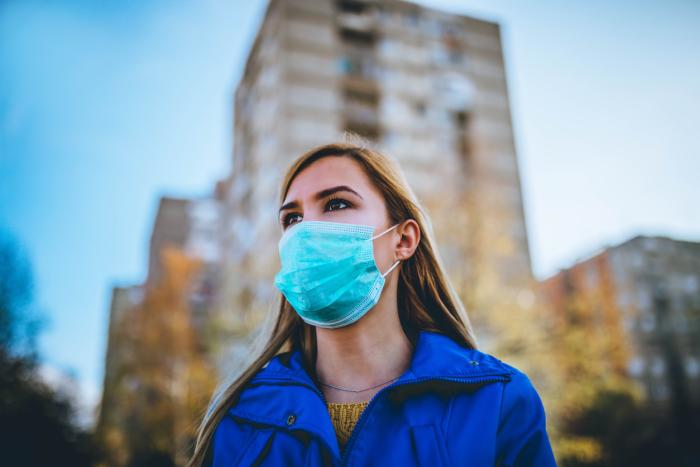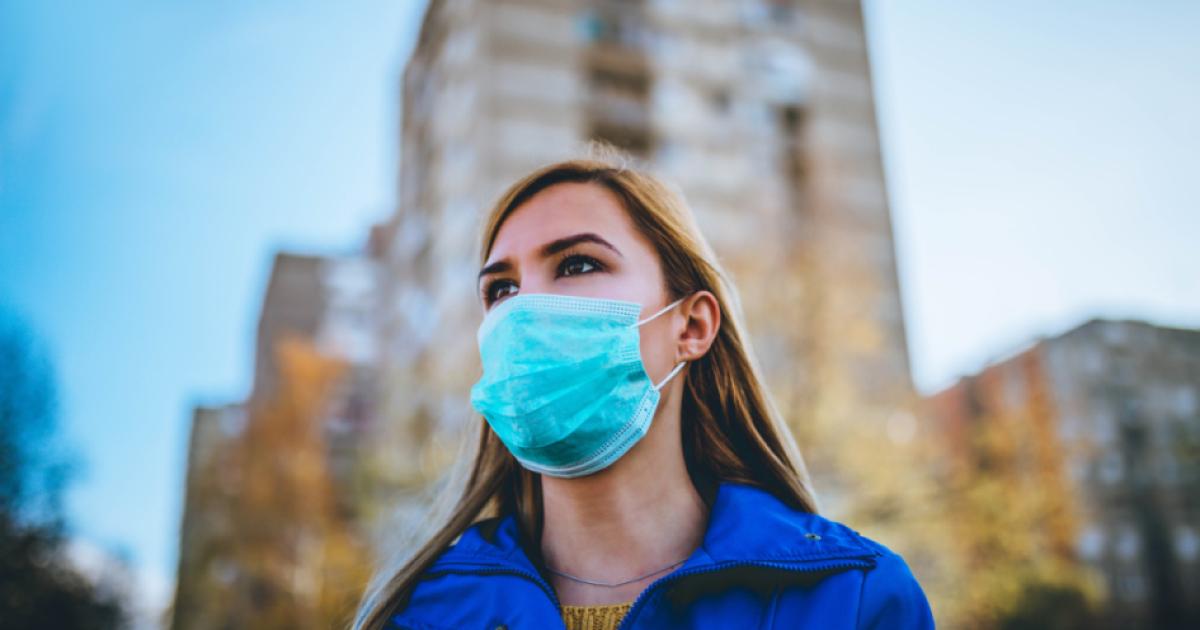For most of my teaching career, I was an economics professor at the Naval Postgraduate School. My students were generally motivated, reasonably hard-working military officers from the Navy, other US services, and other countries. I loved teaching them. But one day in the mid-1990s I told them a true anecdote whose shock value required them to know, for comparison, the population of the United States. I usually read students’ faces well and I saw little shock. I immediately wondered if they knew the US population. So I told them to write their estimate of the US population on a piece of paper and hand it in. At the time the US population was about 270 million. Finally there was a shocked face: mine. Although the median answer was within 10 percent of the right answer, only about 40 percent of the students gave a number close to the median. The estimates ranged from—are you ready?—1.5 million on the low end to 2 billion at the high end. I pointed out that 1.5 million was close to the number of Americans in the armed services. So that would mean that almost everyone in the United States, including little babies and eighty-year-olds, was in the military. At the other end, I noted, 2 billion was about one-third of the world’s population.
Right then and there I decided to devote about an hour, in every course I taught from then on, to numeracy, which is, essentially, literacy with numbers and relative magnitudes. I see examples of innumeracy all the time. People’s innumeracy about risks, in particular, often causes them to overestimate risks. We see this in discussions of shark attacks, killings by people, and COVID-19. Especially for COVID-19, thinking clearly about risks is crucial. Our well-being, our connections with others, and our future as a connected society all depend on it.
Shark Attacks
I was recently talking to someone about diver training conducted in Santa Cruz. He noted that some sharks had recently been seen near where the training occurred, and he wondered if maybe the trainers should pick another spot.
I replied that if sharks were the only consideration, they definitely should not switch locations. Here’s why. In 2020, there were only thirty-three confirmed cases of unprovoked shark bites of people in the United States. Of these, only three resulted in fatalities. That’s a small risk. Moreover, only fifty people around the world were killed by sharks between 2011 and 2017. Over that same period, by contrast, 259 people around the world were killed taking selfies. That’s five times as many. Yet we don’t hear warnings about selfies. Nor should we, by the way, because 259 people is a small number when measured against a world population averaging about 7 billion over that period.
On the list of things to worry about, sharks should be near the bottom. The good news, though, is that people are free to make their own choices about being around sharks, whether they base their choices on good or bad estimates.
Police Killings of Unarmed People
OK, so maybe sharks aren’t something to worry about. But surely police killings of the unarmed are, right? Well, no. If you’re unarmed, you’re more likely, by an order of magnitude, to be killed by a cop than to be killed by a shark, but only by an order of magnitude.
From 2015 to January 22, 2020, the Washington Post kept a database on killings by police in the United States. Between 2015 and 2019, according to the Post data, an average of sixty-nine unarmed people in the United States were killed by police every year. (I should note that an additional thirty-eight people per year, on average over those five years, were killed while carrying a toy weapon.) In a population that exceeded 300 million for all those years, sixty-nine people killed is not a large number. That doesn't mean we shouldn’t care; of course, we should. But we shouldn’t let our feelings for others distort our estimate of risks. The risk of being killed while unarmed is small.
As you might expect, the risk is greater for unarmed males than for unarmed females and greater for unarmed black males than for unarmed white males. According to that same database, the average number of unarmed black men killed annually by police between 2015 and 2019 was twenty-two. The average number of black males in America during that time period was around 21 million. That means that a black male’s chance of being killed by police while unarmed was about 1 in a million.
How Risky is COVID-19—And to Whom?
And now we come to the issue that has dominated American society since March 2020: COVID-19. From almost the start, the United Nations, echoed by various media outlets, told us that “we are all in this together.” That’s one of those rare statements that are literally true but figuratively false. Yes, we’re all in this together, but the probability of death from COVID-19 varies dramatically by age. The younger you are, the less at risk you are, and if you’re really old, your risk is three orders of magnitude greater than the risk for the very young. This matters because the very young are bearing substantial costs of government measures on COVID-19 in return for tiny benefits to themselves. COVID-19 lockdowns, shutdowns of schools, and masking requirements not only indoors but also, sometimes, outdoors, are taking a huge toll on the very young that could well scar them for the rest of their lives.
Consider the latest risk data reported by the Centers for Disease Control and Prevention (CDC). As of November 24, 621 people in America age seventeen or younger had been killed by COVID-19. That’s only about 1 percent of all deaths (62,999) of people in that age bracket. People sixty-five years old and older, by contrast, suffered 580,605 deaths. That was a substantial 12.6 percent of all deaths (4,609,094) of the elderly. In 2019 there were approximately 54.1 million American residents age sixty-five and up. For people sixty-five or older, therefore, the risk of dying from COVID, over the almost two years we have dealt with it, was 1.1 percent. In 2019, there were 73 million American residents age seventeen or younger. So their risk of dying from COVID over the same almost two years was only 0.00085 percent. The elderly people’s risk of dying from COVID, therefore, is 1,294 times the risk of that of children.
That means that government policy towards the young is appalling. Governments are aiming harsh measures at them even though their risk of dying from COVID is approximately the same as their risk of dying from the flu in a typical flu year. In the 2019–20 flu season, the CDC estimates, 486 children seventeen or younger died from the flu. Yet no one before 2020 advocated closing down schools, requiring masks and social distancing, and requiring regular tests because of the flu.
What Should We Worry About?
A number of things. One is nuclear war. Although the probability of such a war breaking out in any given year is almost certainly below 1 in a thousand, the hundreds of millions of deaths it would cause make nuclear war a suitable candidate for worry.
More prosaically, we people over age sixty-five should worry about, or at least pay attention to, the risk of dying from one of the big two diseases: heart disease and cancer. In 2019, according to the CDC, 659,041 American residents died from heart disease and 599,601 died from cancer. If you exercise more and smoke less, you can cut your probability of dying from either or both of those diseases.
A little numeracy goes a long way. It will help you not worry about being killed by a shark. It will put your risk of being killed by a cop, if you’re unarmed, in perspective. Finally, and most important, the data on risks of death from COVID for various age groups are crucial for our understanding of COVID-19. These data, which were available from Italy as early as March 2020, should influence, and should have influenced, our thinking about COVID policy, especially for the young. Will they? In Florida, yes. In California, not yet. We can always hope that California’s governments will follow the statistics.







